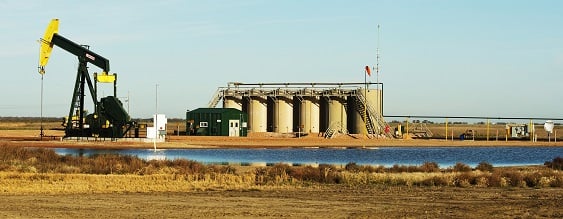
Drinking Water
Pressure on the world’s freshwater resources is greater than ever, with population growth, rising water consumption, extreme weather events and aging infrastructure all contributing to the significant pressure on potable water availability, quality and distribution systems. To secure the availability of this most critical resource in our communities, WSP works with clients to develop economical and efficient solutions for water management, source diversification, reuse and treatment, and adaptation of distribution system infrastructure to withstand future shocks and stressors
















